Durand Cup and Kolkata, a bond cemented by Mohammedan Sporting
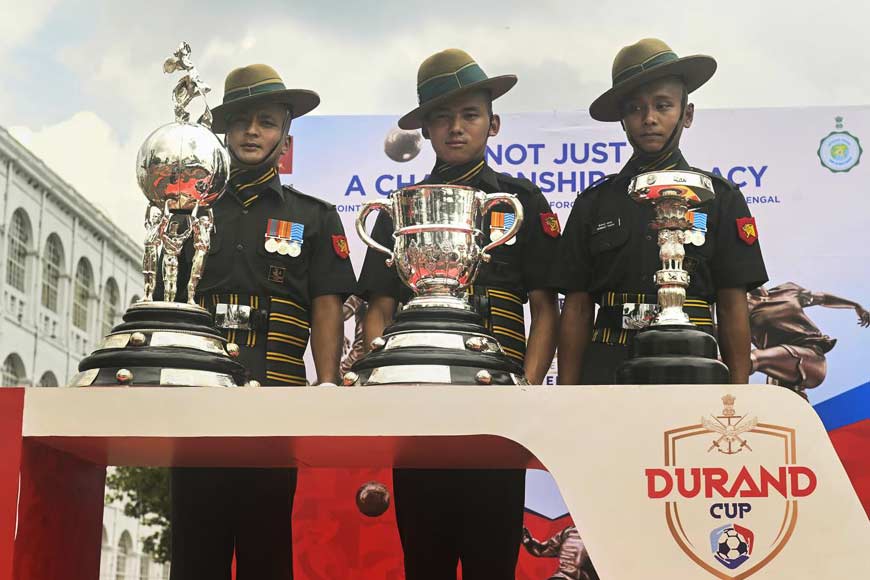
On August 28, East Bengal Club will take on ATK Mohun Bagan FC at Kolkata’s Vivekananda Yuva Bharati Krirangan (VYBC), or ‘Salt Lake Stadium’ as we call it. Those who mock the fever-pitch excitement of fans on both sides of the East Bengal-Mohun Bagan rivalry - and point to Real Madrid vs Barcelona or Liverpool vs Manchester United as examples of real football rivalries - should know that in 2015, ‘World Soccer’ magazine rated East Bengal vs Mohun Bagan as among the 50 biggest derbies in world football. Considering India’s current 104th spot in the FIFA rankings, this is certainly a most significant achievement.
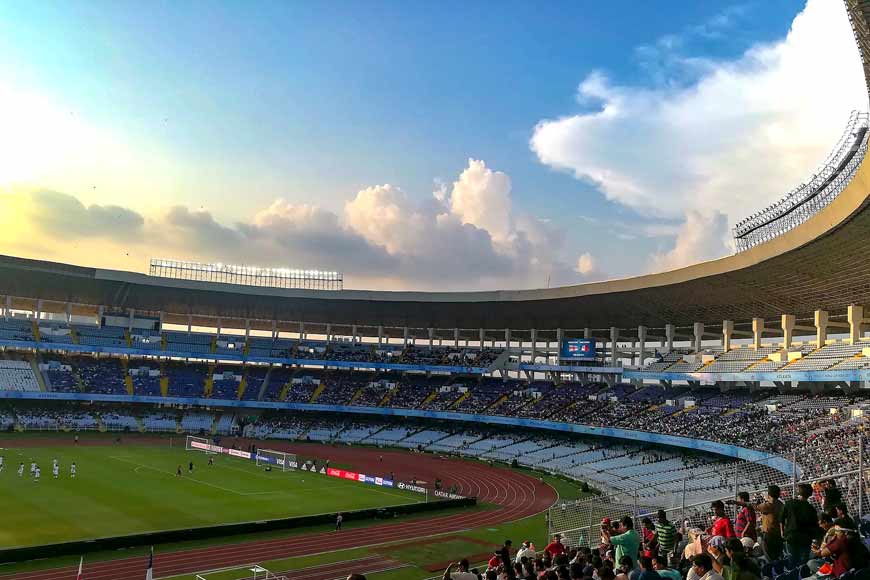
FIFA itself has acknowledged their face-offs as among the highest-attended club games in the world, and given that the first time the two clubs played each other in 1924, the fact that the popularity of this derby has held fast for nearly 100 years ought to be a milestone in itself.
#OnThisDay In 1940 @MohammedanSC became 1st Indian team to win the Durand Cup defeating Royal Warwickshire Regiment. pic.twitter.com/HRO940Io7j
— Hero I-League (@ILeagueOfficial) December 7, 2015
This time, the clubs are meeting in the Durand Cup - the oldest football tournament in India and the third oldest in the world after the FA Cups in England (1872) and Scotland (1878), to kick off this year at VYBC on August 16. Until the National Football League (NFL) was started in 1996-97, the Durand Cup was easily India’s most prestigious football tournament.
Henry Mortimer Durand, the Foreign Secretary of India, started Durand Cup Football tournament at Simla in 1888 pic.twitter.com/d9PPSC66zP
— British India (@BritishRajTimes) May 1, 2015
When Sir Henry Mortimer Durand, foreign secretary in charge of India from 1884-94, instituted the Durand Cup in Shimla in 1888, Bengal was not the hub of Indian football that it became a few years later. In fact, very few Indians were actually interested in the sport. And thereby hangs a tale, as they say.
Most Indian sports historians point to three famous victories as the catalysts behind the popularity of football in the country - Mohun Bagan winning the 1911 IFA Shield in Calcutta, the Bangalore Muslims taking the 1937 Rovers Cup in Mumbai, and Mohammedan Sporting bagging the 1940 Durand Cup in Delhi. All three were ‘first time ever’ events, galvanising spectator interest and inspiring political forces to use them as examples of nationalist triumph. The fact that two of the victors were from Calcutta indicated the rising popularity of football in this part of India, which has remained unabated over the decades.
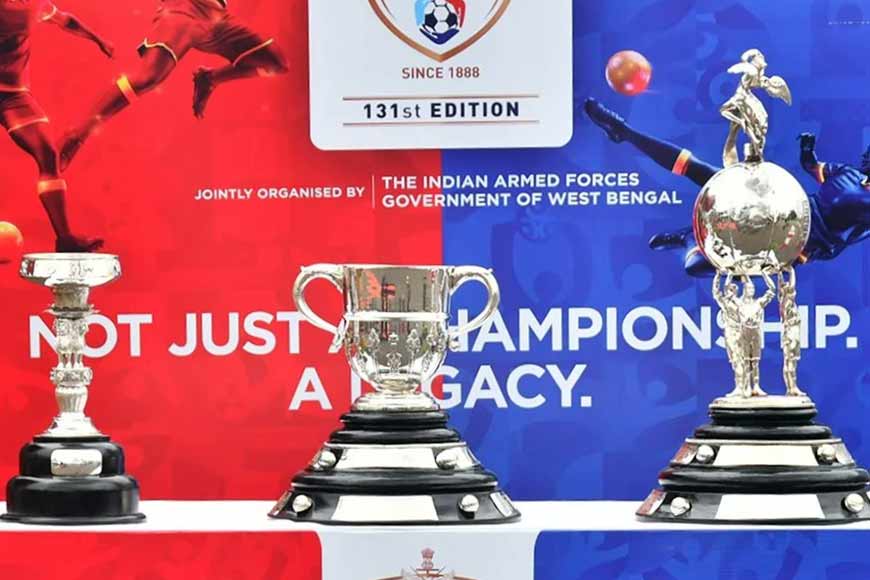
While Mohun Bagan’s 1911 victory has been widely written and talked about, and even made it to the silver screen, Mohammedan Sporting’s iconic win has been relatively overlooked. Which is unfortunate, because the club was the first to break the monopoly of British regimental teams in the Durand Cup. And just like Mohun Bagan’s IFA Shield win, this victory had immense social and political impact, at a time when Indian politics was polarised between the Indian National Congress and the Muslim League. The communal colour found its way into football stadiums too, especially in Calcutta.
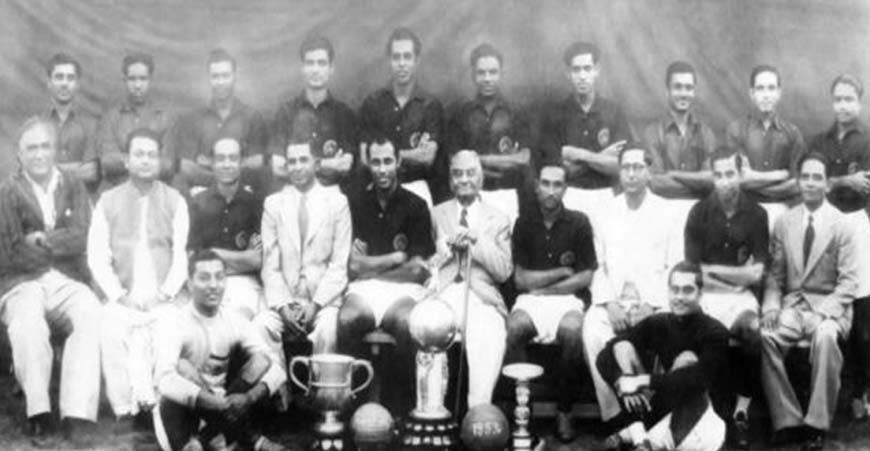
For Muslims, Mohammedan Sporting’s victory was psychological revenge against the humiliation meted out by the British, instilling pride and unity within the community at a time when the idea of Pakistan had begun gaining ground. Shrewd strategist that he was, Muhammad Ali Jinnah used this victory in in a 1941 speech to Muslim students in Mumbai and said, “The discipline that sports teach must be harnessed for the benefit of the Muslim community as a whole.”
It helped that the victory had come in the Durand Cup, one of the most popular and well-attended tournaments of the time. The price of tickets was obviously much higher than for local leagues, with costs starting from 50 paise, to Re 1, Rs 2 and Rs 5, though prices would double for the semi-finals and final.
Two things here, before you scoff at the ridiculously low prices. One, the Durand organisers managed to collect anywhere between Rs 5,000 to Rs 10,000 per day, which rose to Rs 40,000-50,000 whenever the Calcutta clubs played, which ought to give you an idea of attendance. Two, it was this huge attendance that helped Indian football survive without sponsorships for most of the 20th century. Major domestic tournaments like the Durand Cup, Rovers Cup and IFA Shield generated enormous ticket sales, and even the low prices will seem high when you consider that even in the 1960s, tickets for the local league cost just 10 paise in Delhi and 25 paise in Calcutta, clear acknowledgment of the latter’s superior position in India’s football hierarchy.
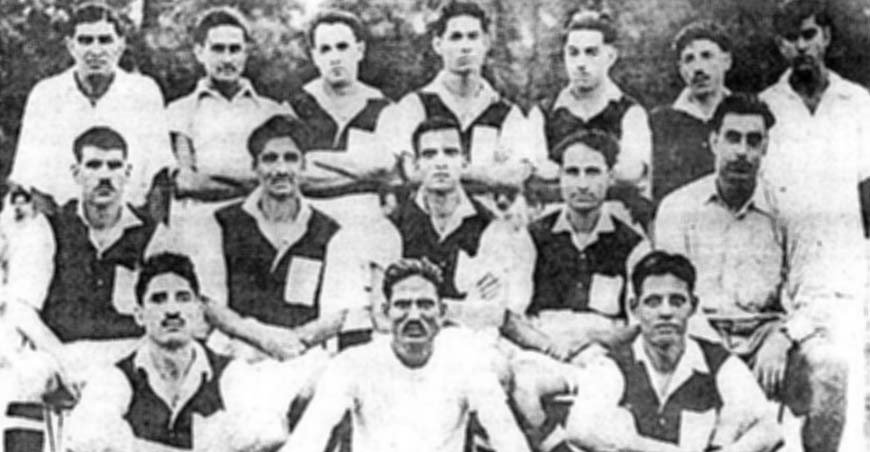
Given that scenario, today’s Durand ticket prices of Rs 50-200 seem really small in comparison, an indicator of how rapidly football has slid down India’s sporting ladder. Nonetheless, one aspect remains constant - Durand and big money have always been drawn to each other.
To celebrate its centenary year in 1987, the Durand Cup became the first Indian football tournament to introduce prize money, forcing other major tournaments to follow suit. That year, winners JCT Phagwara took home Rs 1.50 lakh, while runners-up Mohun Bagan received Rs 1 lakh. By 2016, the Durand prize money pool was the highest ever, having been raised to Rs 75 lakh. Today, the winner of the Durand Cup takes home Rs 40 lakh, while the runners-up receives Rs 20 lakh and each of the losing semi-finalists are handed over Rs 5 lakh.
Not bad for a tournament whose season ticket cost a mere Rs 30 in the 1950s and Rs 50 in the 1960s!
Inputs: ‘Barefoot to Boots, The Many Lives of Indian Football’ by Novy Kapadia











